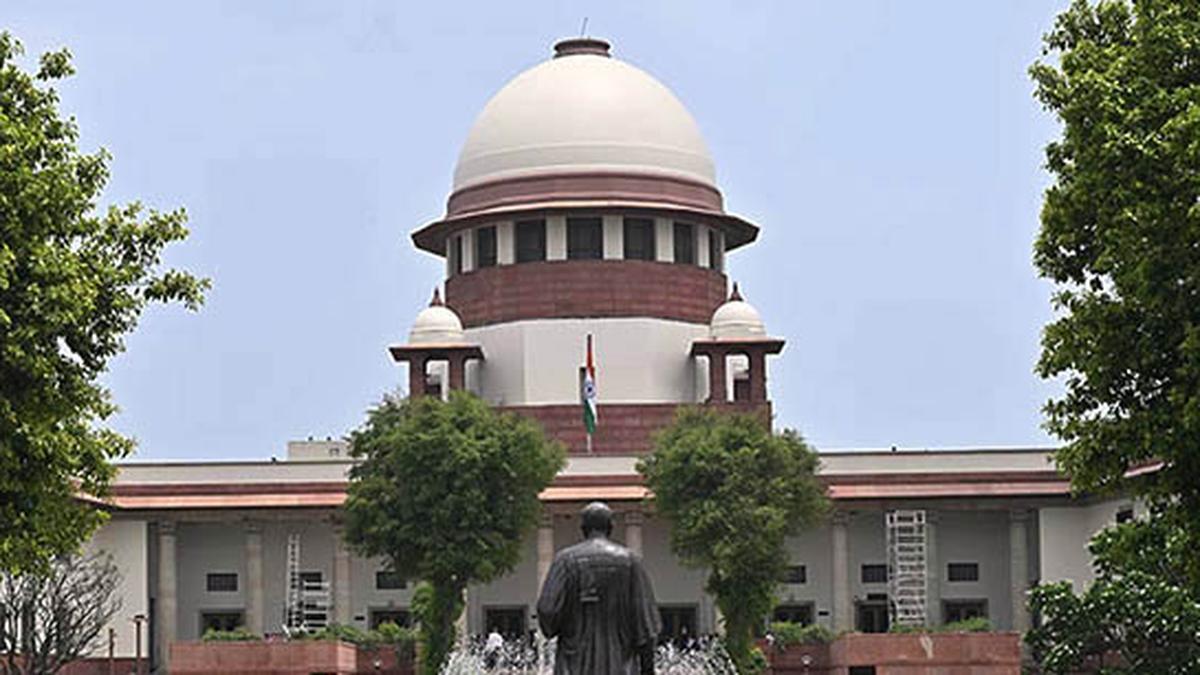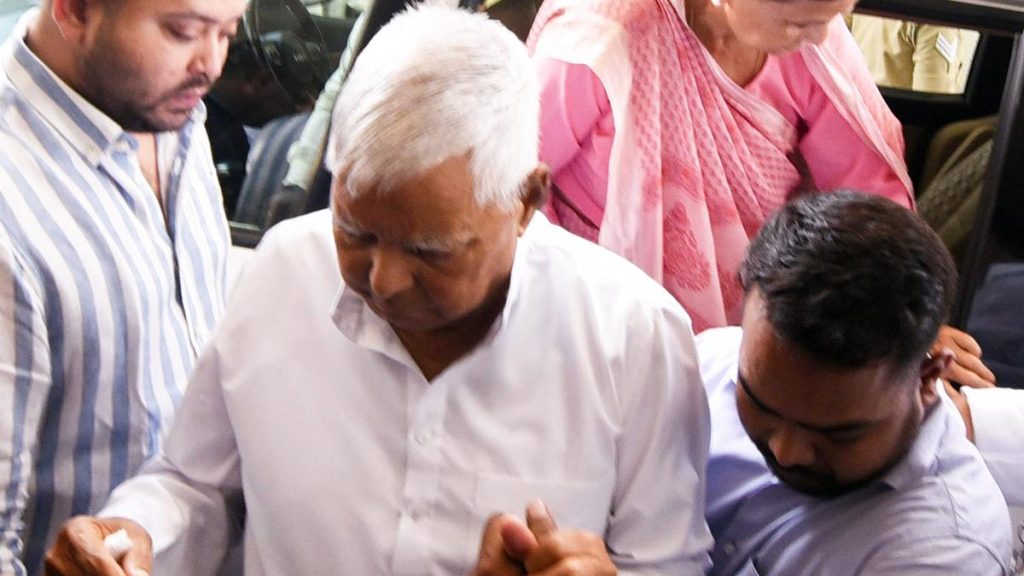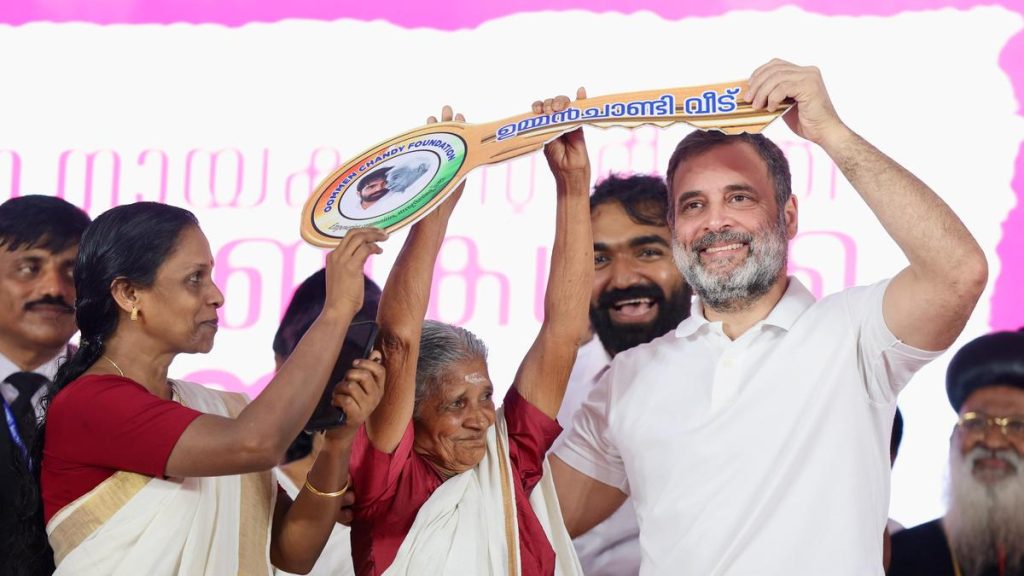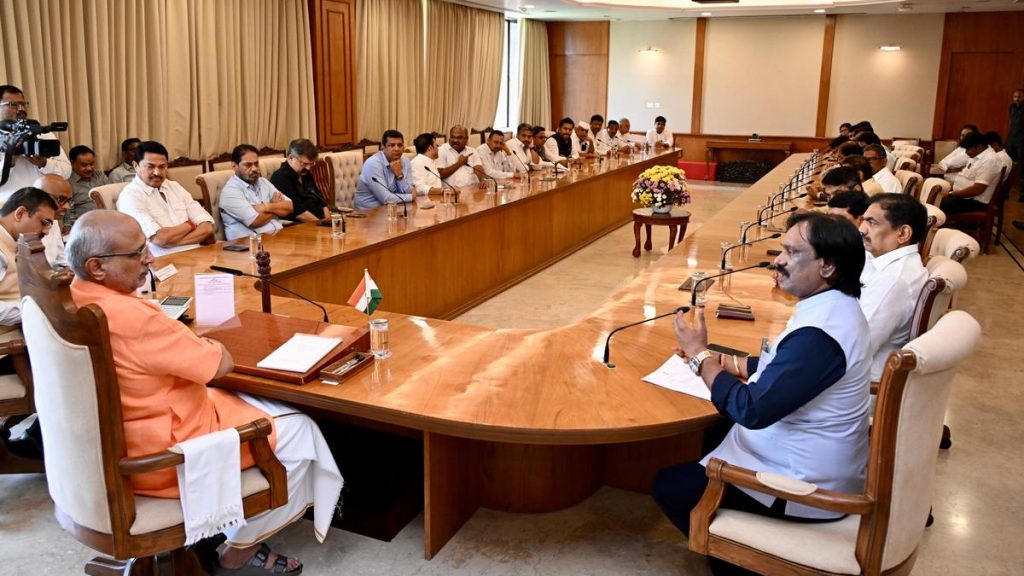Now Reading: Supreme Court Awaits Kerala’s Response on KEAM 2025 Revised Rank List
-
01
Supreme Court Awaits Kerala’s Response on KEAM 2025 Revised Rank List
Supreme Court Awaits Kerala’s Response on KEAM 2025 Revised Rank List

Swift Summary
- The Supreme Court gave the Kerala government 24 hours to decide whether it will appeal a High Court’s directive to revert the KEAM 2025 rank list formula back to its original format.
- KEAM 2025 exams were held between April 22-30, with the prospectus initially stipulating that marks in Maths, Physics, and Chemistry be weighted equally (1:1:1).
- A Standardisation Review Committee formed by the Kerala government recommended changes to the subject weight ratio. On July 1, this was altered to a new ratio of 5:3:2 but kept the overall distribution for entrance exam vs. Board marks at a 50:50 split.
- The High Court ordered on July 10 that the original ratio (1:1:1) be restored due to concerns about timing and legality; revised rank lists were published on July 11 under these instructions.
- Advocates for State syllabus students argued that revisions aimed at creating fairness and addressing disadvantages faced by students from government schools versus their CBSE peers. CBSE representatives countered with objections over abrupt rule changes made just before results publication.
Indian Opinion Analysis
The core issue in this case revolves around fairness in standardising examination criteria within India’s diverse educational systems and addressing inequality among State syllabus versus national boards like CBSE. While policy adjustments may improve equity in theory-such as favoring mid-income demographic groups-they must also comply with principles of openness and advance notification.
The Kerala government’s decision raises procedural concerns due to timing; altering formula guidelines after exams yet close to results undermines trust in management processes. Legal intervention reaffirms established practices over sudden alterations, emphasizing predictability as essential in competitive exams affecting thousands of careers.
This case demonstrates broader challenges India faces within its decentralized education system-balancing inclusivity while maintaining legal propriety amid reforms intended for equitable representation across socio-economic divides.
Read more at [Link as provided]
























